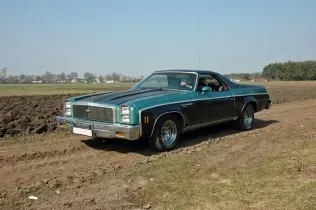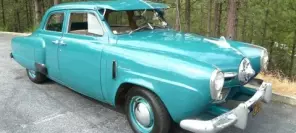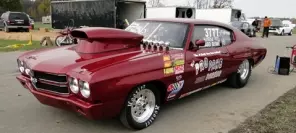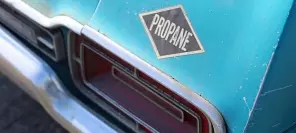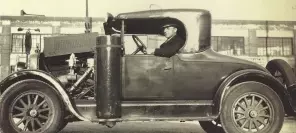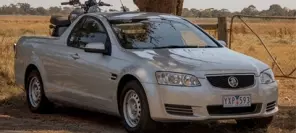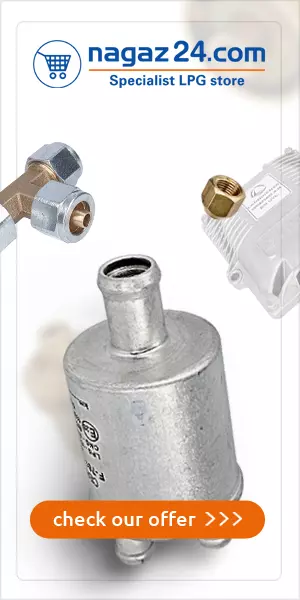- Main page
- Search
- Up to date
- Products
- Technology
- Vehicles
- Video
- Conversion Payback Simulator
Port Injection - Conversion Payback Simulator
Direct Injection - Conversion Payback Simulator
Diesel - Newsletter
Chevy El Camino LPG - in simplicity we trust
 loading results...
loading results...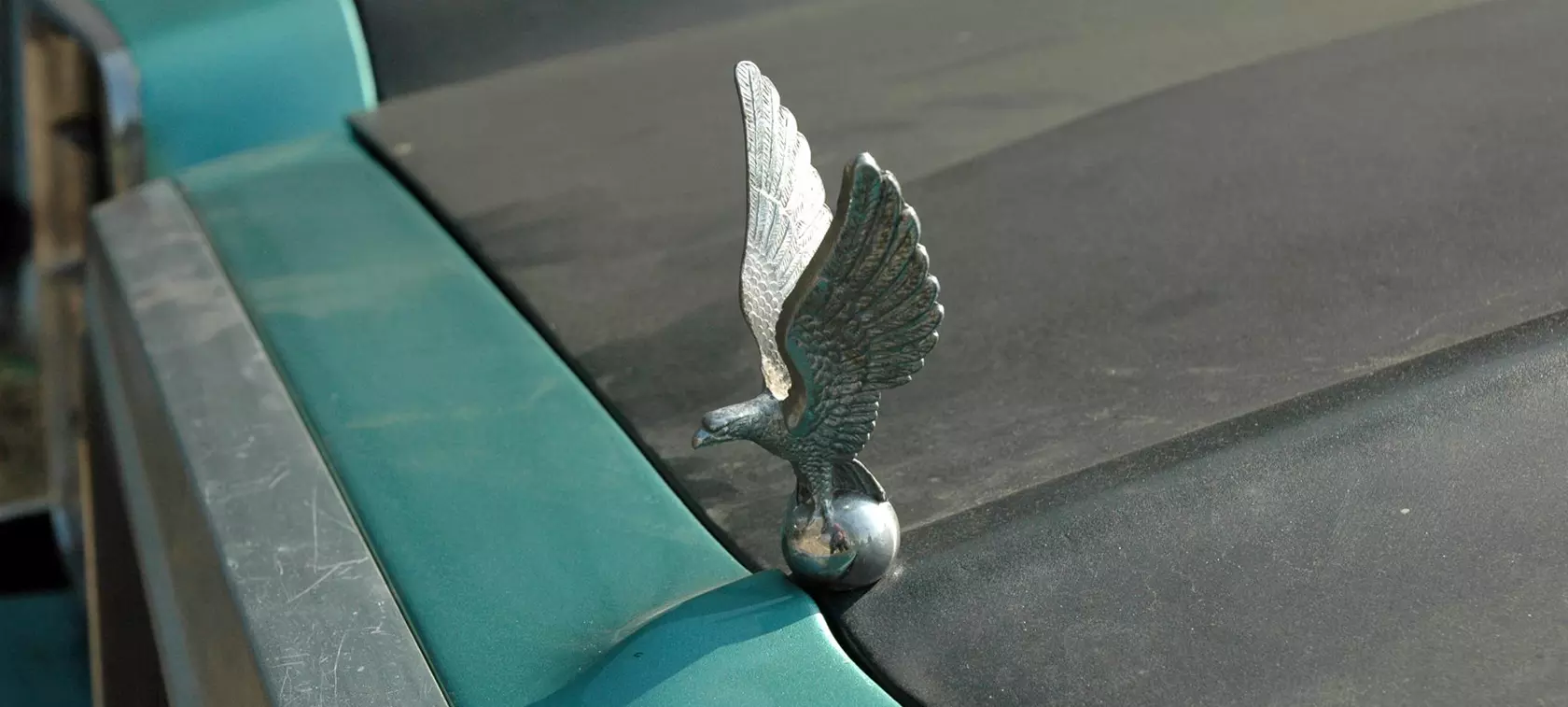 © gazeo.com
© gazeo.com 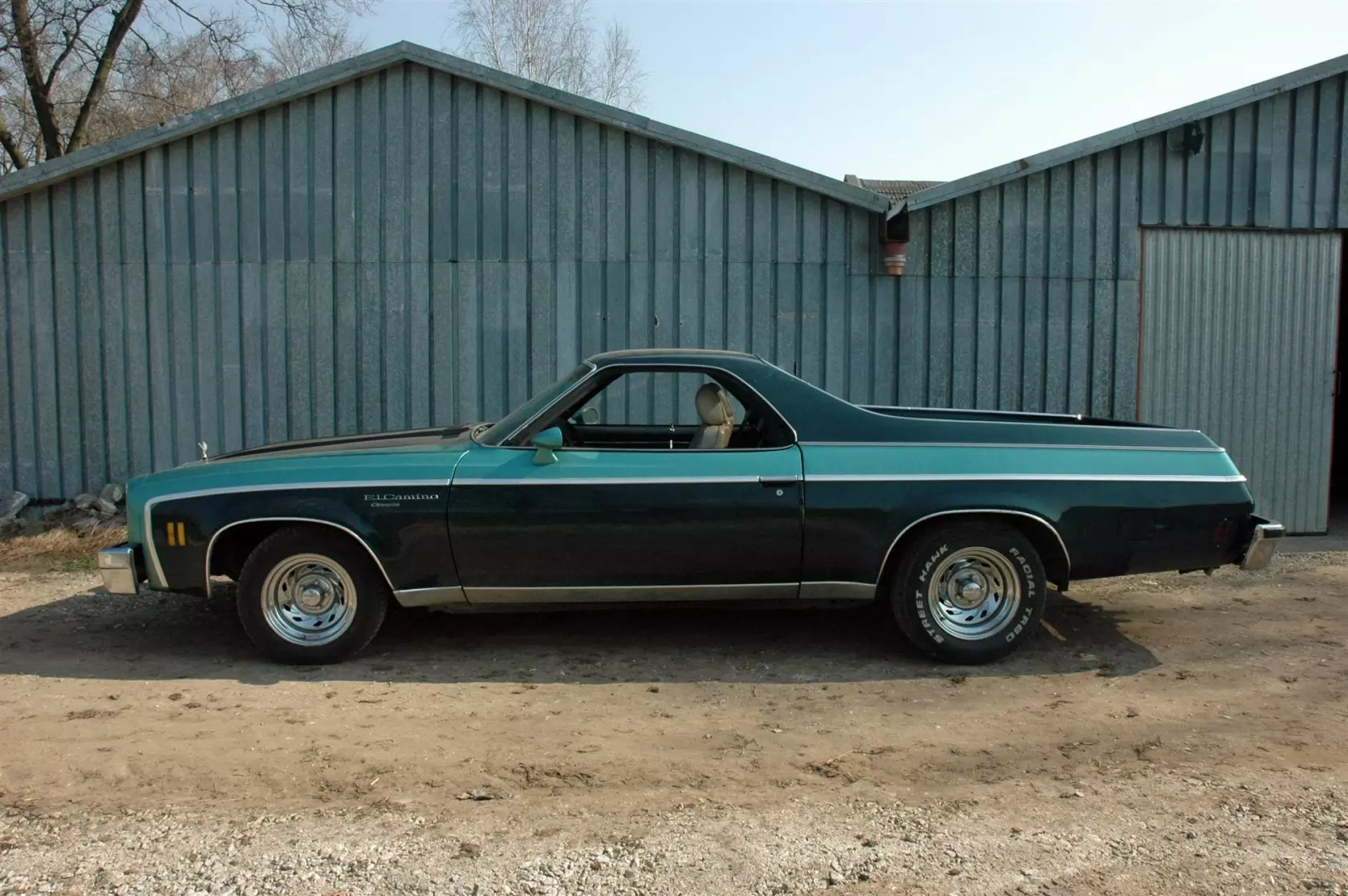 This is more of a sports utility vehicle than any SUV we know today
This is more of a sports utility vehicle than any SUV we know today 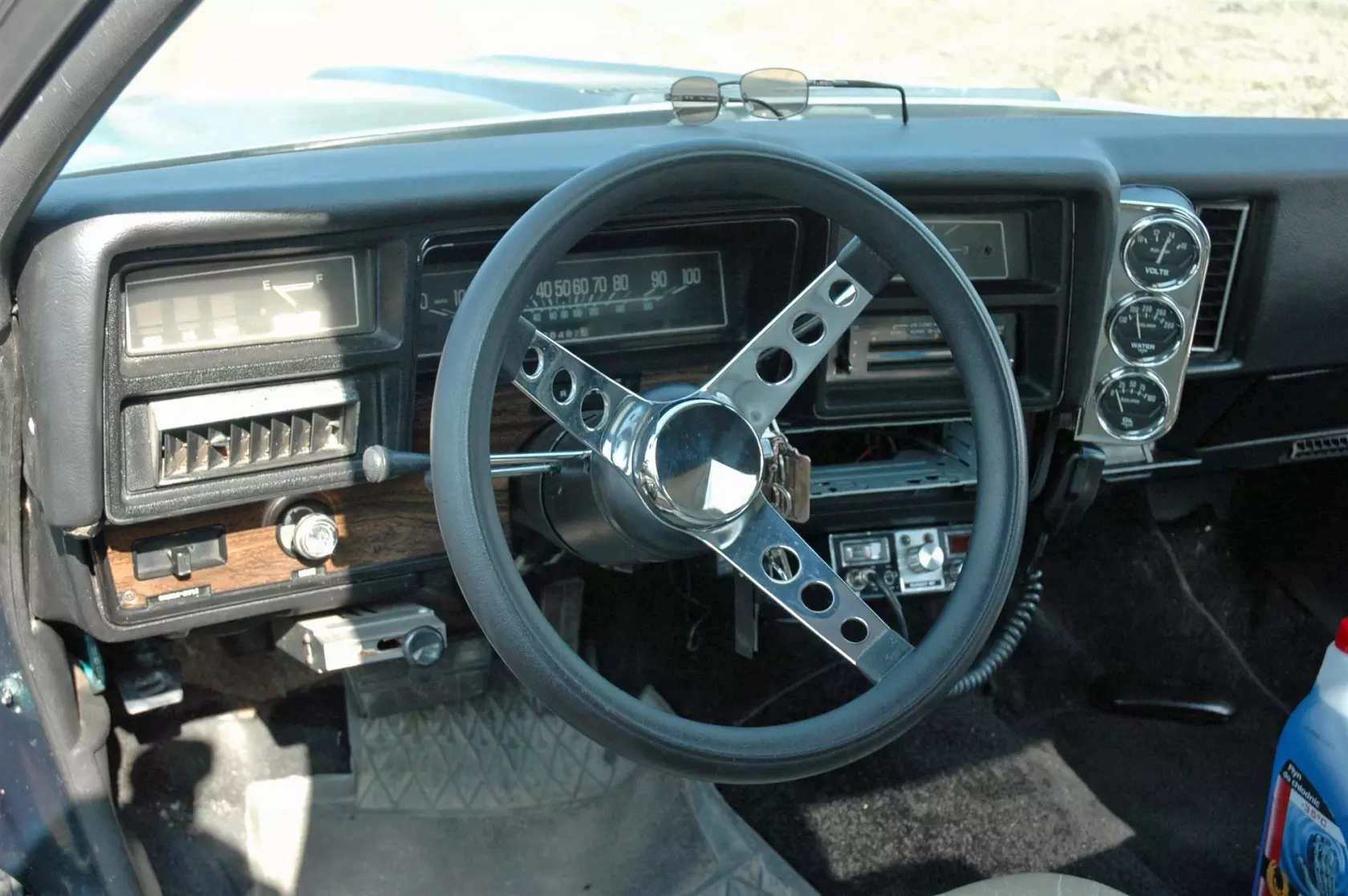 The perforated wheel goes to confirm it's sports rather than utility
The perforated wheel goes to confirm it's sports rather than utility 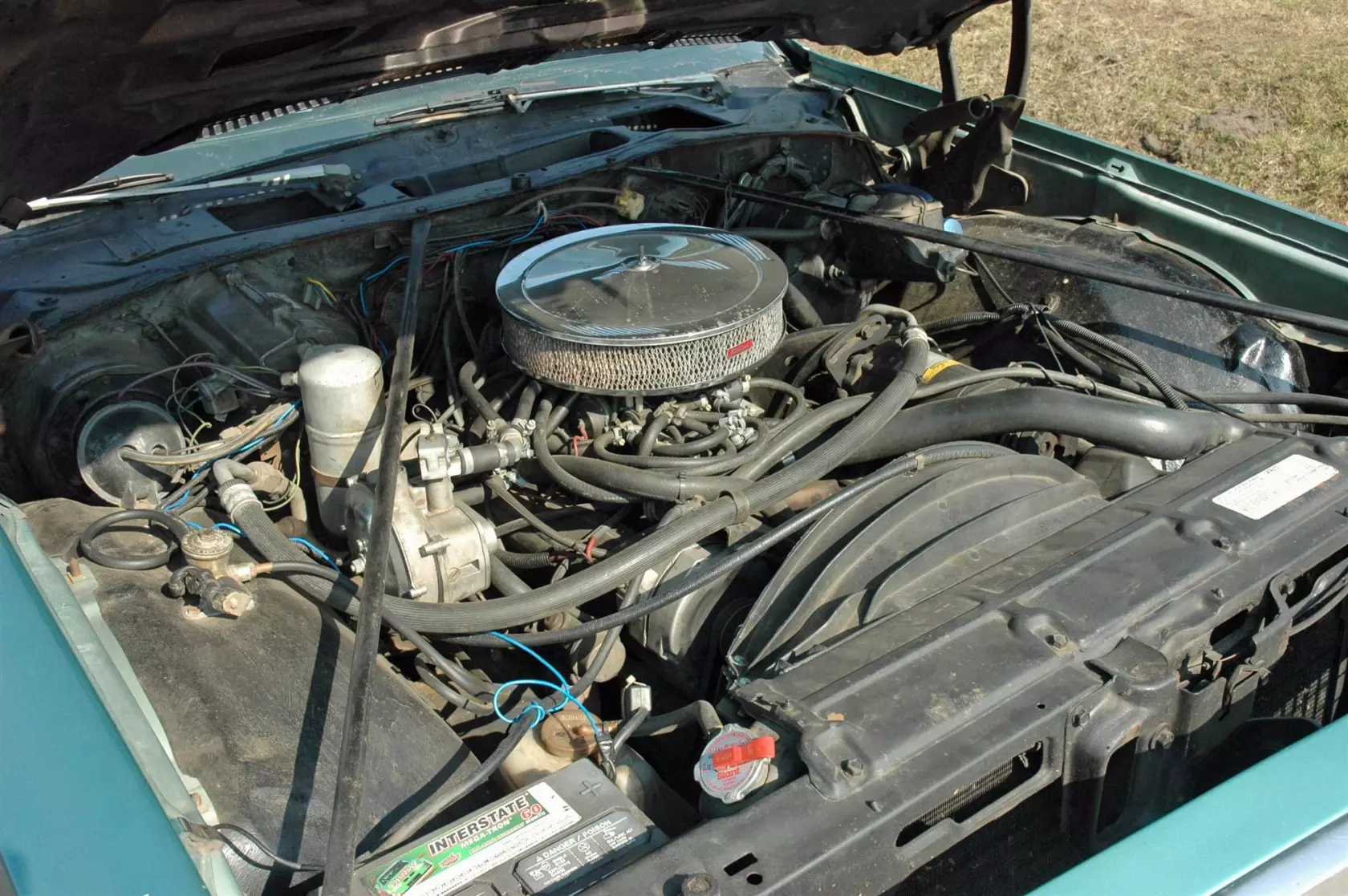 Earth will stand still sooner than this engine stops running
Earth will stand still sooner than this engine stops running 



For decades the American car industry went by the slogan "If it ain't broke, don't fix it" – if a technology proved sufficient, it remained unchanged for a number of a model's generations, with just the bodywork's styling evolving to meet progressing fashions. It's still like that to a certain extent – even though mainstream cars across the Atlantic finally have turbocharging, direct fuel injection and downsized engines (apparently there IS replacement for displacement after all...), American school buses still look essentially the same as they did 70 or so years ago.
Our featured vehicle, a 1977 Chevrolet El Camino, was built in the days where many US-made cars contested technological progress. While its looks were updated annually, underneath the skin it was a fossil, a museum exhibit featuring a V8 engine, a solid rear axle on leaf springs and a three-speed automatic transmission with a steering-column-mounted shift lever. Yet simplicity has its virtues...
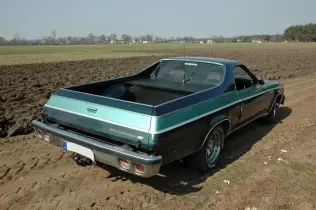 © gazeo.comThe LPG tank may be in the bed, but there's plenty of space left. The refueling valve is beneath the bumper, net to the towing hook
© gazeo.comThe LPG tank may be in the bed, but there's plenty of space left. The refueling valve is beneath the bumper, net to the towing hookAmerican-built engines' durability is almost as legendary as that of R.O.T.O.R.'s combat chassis and accept autogas conversions eagerly and happily. The El Camino is no exception here – interesting as it looks on a European street or road, it must have been dull and frustratingly easy for the installer (who used a Tartarini system in the process). While fuel consumption figures ar estill bound to make you dizzy (20+ l/100 km is something you either learn to accept or abandon the car altogether and get yourself a Ford Ka instead), the fuel bills have been cut in half with the conversion. No magic, downsizing, turbo or direct injection involved – just autogas.
With this kind of thirst for fuel, fitting an appropriate tank poses something of a challenge – with
a donut-shaped LPG container you'd have to refill every 150 km or so and you don't want that, do you? Luckily the El Camino is a pick-up, so it offers abundant space south of the cabin, where a large cylinder can be placed with little harm done to cargo capacity. While we don't appreciate doing so in new cars due to limitations it imposes on the car's hauling ability, but since we're talking a 40-year-old classic here, we're going to turn a blind eye. After all, you don't buy a car like that to transport bags of cement. Unless you do, of course...
Now, upon reading this very article some of you will be outraged to learn somebody has actually ruined a classic vehicle with an autogas system. Purists hate it when original condition is tinkered with, not to mention drilling holes in the bodywork to attach and fasten the LPG system's components. Quite frankly, we wouldn't always be two thumbs up when it comes to classics, but in our opinion a mass-produced Chevy hasn't been harmed. The owner's budget, on the other hand, has definitely been saved, so that does it! You may use your classic cars on Sundays only and on condition that it doesn't rain, but if thanks to LPG you can drive it more, then why not? Cars are meant to be driven, not preserved in garages!
Zobacz stronę producenta:
TartariniYou may also find these interesting:
 loading results...
loading results...
